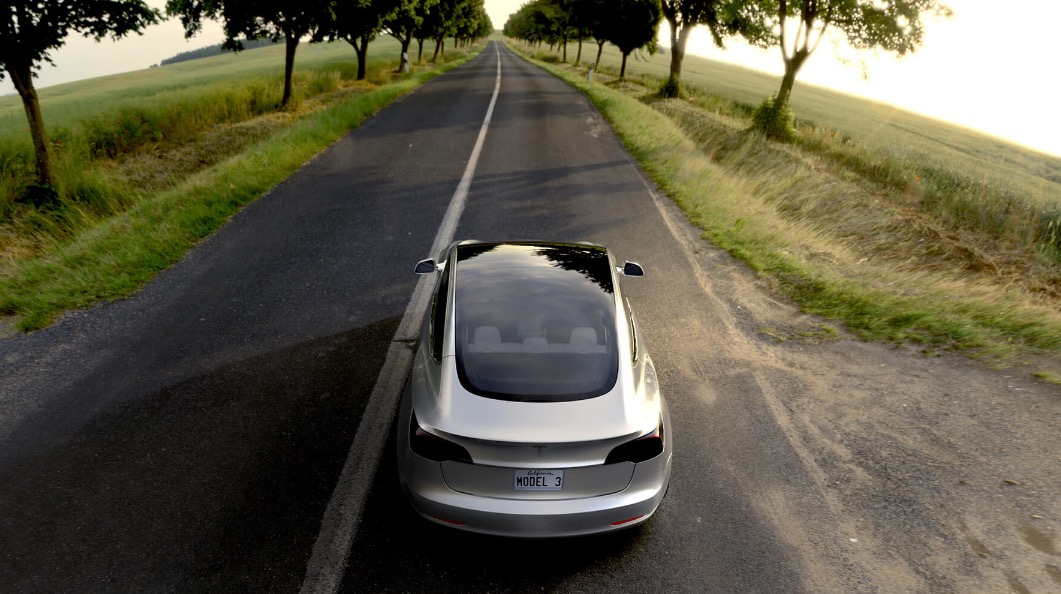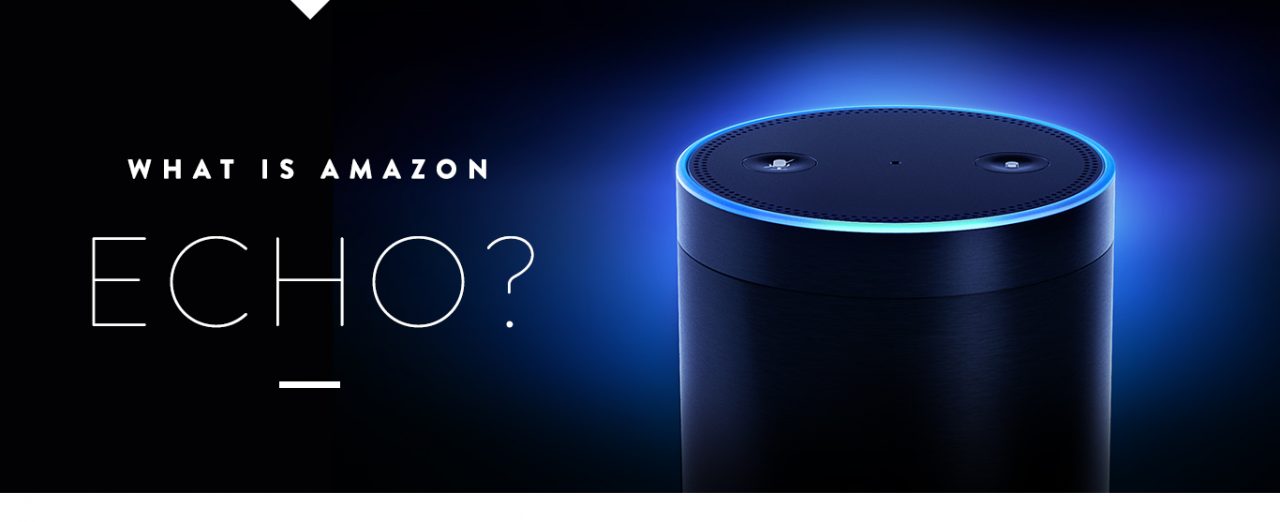
There’s a wave coming and marketers must know what’s driving it if they hope to ride it successfully. Using a surfing metaphor, James McQuivey, Vice President, Principal Analyst at Forrester Research, discussed the next wave, the age of the customer, and keys to brand leadership.
Several weeks ago, Tesla introduced the Model 3 electric, taking over 325,000 reservations at $1000 each, for a car that won’t be delivered until late 2017. “This puts Tesla, with one not yet produced model, above August names like Mercedes Benz, BMW and Lexus, each of which would be thrilled to sell 400,000 total vehicles in the US in any given year.”

The Model 3 bears a few lessons for marketers about the coming wave:
1) Consumer hyper-adoption has changed billions of lives.
Whether it’s the billion people who use Facebook daily, or the 1.5b who use it monthly, or the billion-plus people with an Android device, or the one billion people on WhatsApp, or whatever comes next – that’s consumer hyper-adoption.
2) Digital disruption is how companies keep up with consumers.
Brands must understand the economics of digital to deliver experiences consumers seek. This is exactly how Tesla has achieved its market position. While they are building one of the most expensive cars, they are giving stuff away, like hundreds of free super-charging stations and software upgrades, while the Detroit automakers lobby Congress to get taxpayers to fund a national charging network.
Digital disruption allows companies to change, or even abolish, the structure of industries. The result is out-sized growth or pain. The leading example is Amazon, which this year crossed the $100b sales mark faster than any company ever. But the Amazon Web Services division, which hit the $10b mark, is growing even faster.
What’s the easiest way to visualize the connection between hyper-adoption and digital disruption? The answer:
3) Customer Experience serves as a bridge by providing visible evidence that a brand has connected the dots, is satisfying consumers, building corporate value, and making shareholders happy.
RELATED: Why Brands Need to Find Their Grey Space
Customer Obsession
These three forces are churning, feeding into each other like a cyclonic force, moving forward and causing a surging wave of change. To ride the wave, one must understand customer obsession.
Customer obsession requires a keen focus on the new consumer. To create an experience that ties them and your business together, you must put them at the center of your business. The best way is to focus on CX, which is a key part of the brand experience, from consideration through purchase to support. Brand experience is the end of the journey; customer relationships are changing and brand stewards must carefully craft experiences from the beginning through the end of the process.
One example is Amazon Echo. Is it a product or a relationship? Through its conversational features, “Amazon has crafted a relationship that allows it to add anything they want, such as Spotify, or Dominoes Pizza, and more recently Uber. All of these are extensions of the relationship that Amazon is creating in which you will touch Amazon many times daily.”

SEE ALSO: How to Build a Better Customer Experience in the Internet of Things
The New Leadership
But what does it take to be a leader in this new age? Leadership in the age of the customer is characterized by who you are, what you say, and how you act. These three qualities are the most important predictor of whether the brand team gets it and is willing to make the necessary changes.
Customer obsessed leaders do five things:
- Measure customer outcomes; really understand metrics.
- Reward people or departments that move the ball forward for customers.
- Remove obstacles where you find blockages to the customer
- Model customer obsession in your own behavior
- Provide the necessary resources
These five things will predict whether you will lead your organization more effectively. “The question is, not whether these things matter, but whether you are good at them.”
